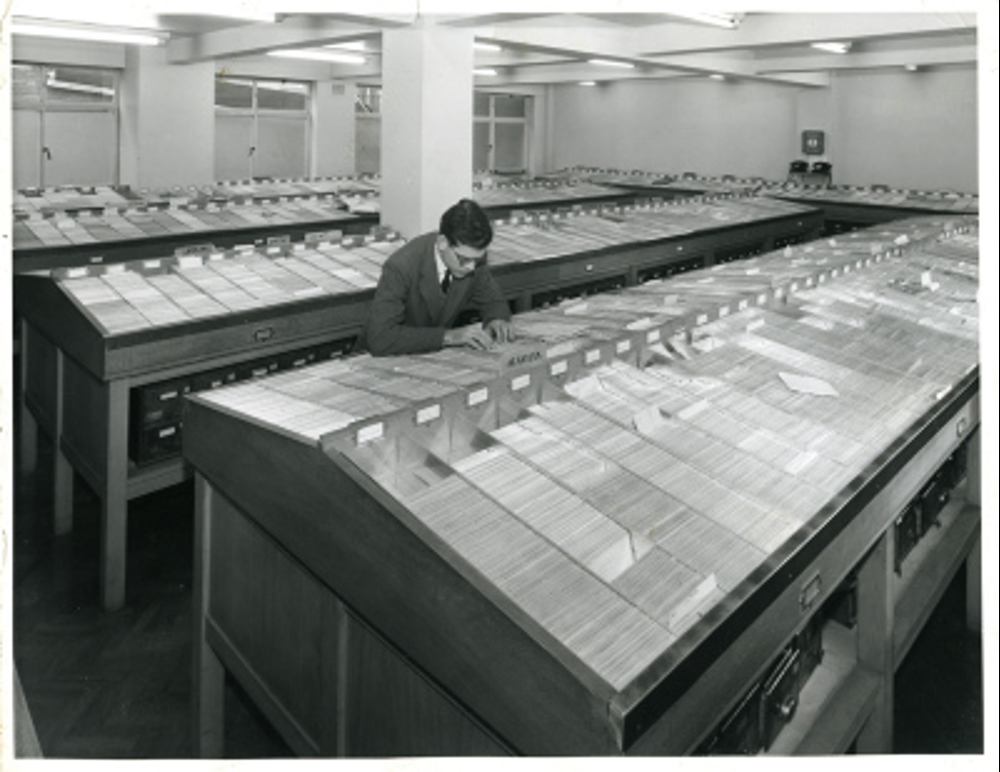
1900
The Kennel Club moves to 26 Southampton Street.
First definitive use of the term Challenge Certificate to describe the awards needed to earn Champion status.
1901
Mrs Ellen Chapman becomes Chairman of the Ladies Branch.
The Prince of Wales is crowned H.M. King Edward VII and remains Patron of The Kennel Club.
1902
The Kennel Club moves to 7 Grafton Street.
Rules on tampering with a dog’s appearance in any way are tightened and stress on the natural appearance of the dog is paramount.
1904
An important year for The Kennel Club in which, at an Extraordinary General Meeting, all rules are comprehensively reviewed and restated, with main points as follows:
- All dogs must be registered to show
- Only shows licensed under The Kennel Club rules are valid
- If a dog competed at a non-Kennel Club show it is barred from all Kennel Club shows.
- Dogs must earn three CCs from three different judges to gain the title of Champion.
This consolidates The Kennel Club’s exclusive governance of pedigree dog registrations, dog showing and other competitive canine activities.
1904
The first time the full list of Kennel Club breeds with descriptions is published in The Dog Owner’s Annual.
Some devolved powers given to the Scottish Kennel Club.
H.R.H. The Duke of Connaught becomes President of The Kennel Club.
1905
Mrs Mary Oliphant becomes Chairman of the Ladies Branch.
Kennel Club Secretary Edward Jacquet publishes The Kennel Club: a history and record of its work, which is a comprehensive account of The Kennel Club’s first 30 years of operation.
Noted veterinary surgeon, Mr. A J Sewell joins The Kennel Club General Committee for the first time as Honorary Veterinary Surgeon.
The Kennel Club rules require vet examinations at dog shows.
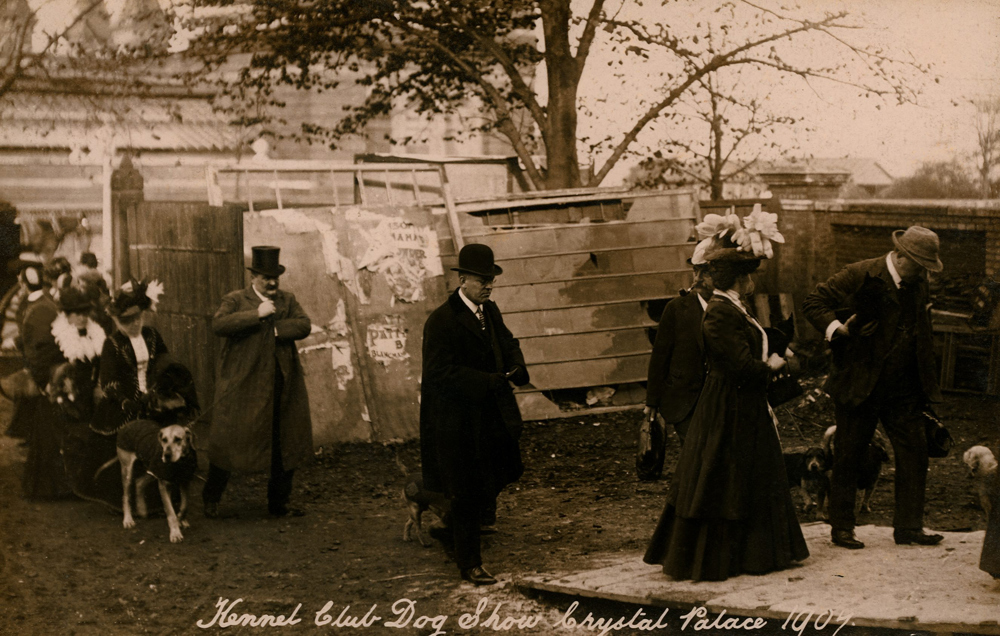
1909
1910
1910-1911
1914

1916
Mrs Gwendoline Romilly becomes Chairman of the Ladies Branch.
Kennel Club moves to 84 Piccadilly where it remains for 44 years. This was the corner of Clarges St.
1915-1919
1920
1922
The Rt. Hon. Lorna Countess Howe becomes Chairman of the Ladies Branch.
The Kennel Club campaigns for better conditions for dogs travelling by train, which at the time were muzzled and crated.
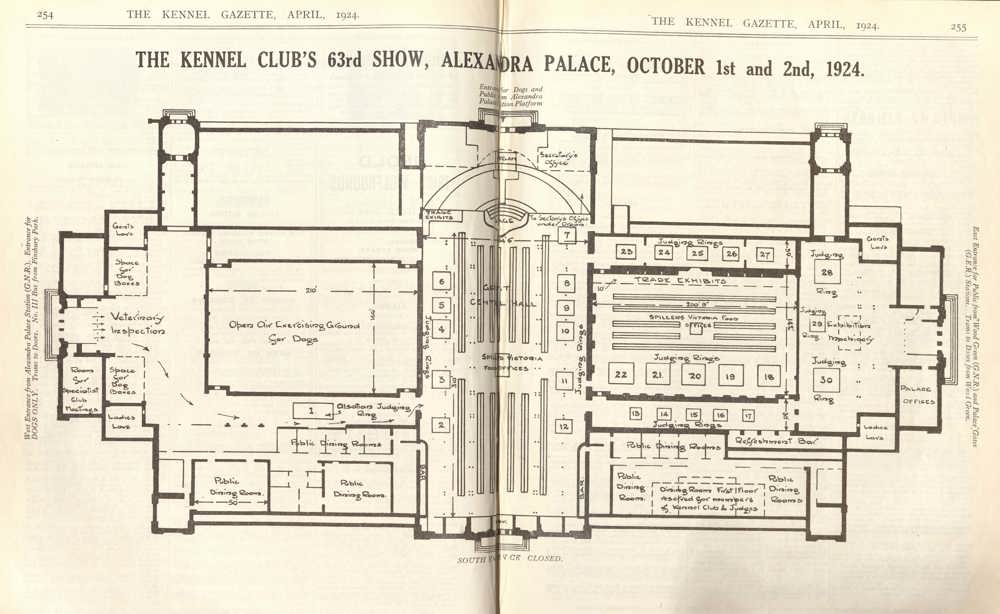
1925
1926
Rules and Regulations for Alsatian Wolf Dog Working Trials are approved by The Kennel Club.
Judges are barred from judging dogs that they have bred or owned.
The Kennel Club enters into reciprocal agreement with the Irish Kennel Club.
Breeds must have over 1000 registrations to be permitted to hold a licenced show.
1928
1930
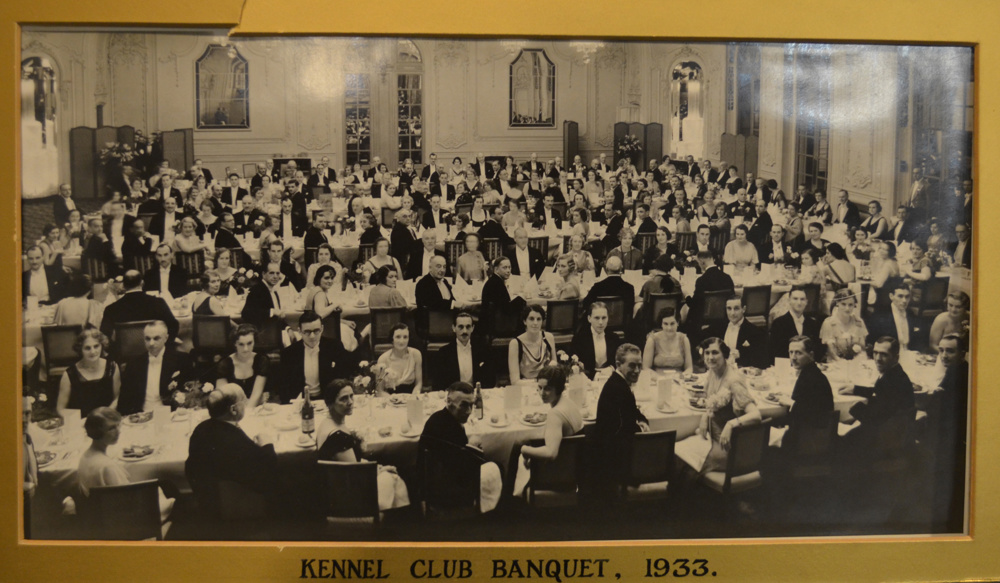
1933
1934
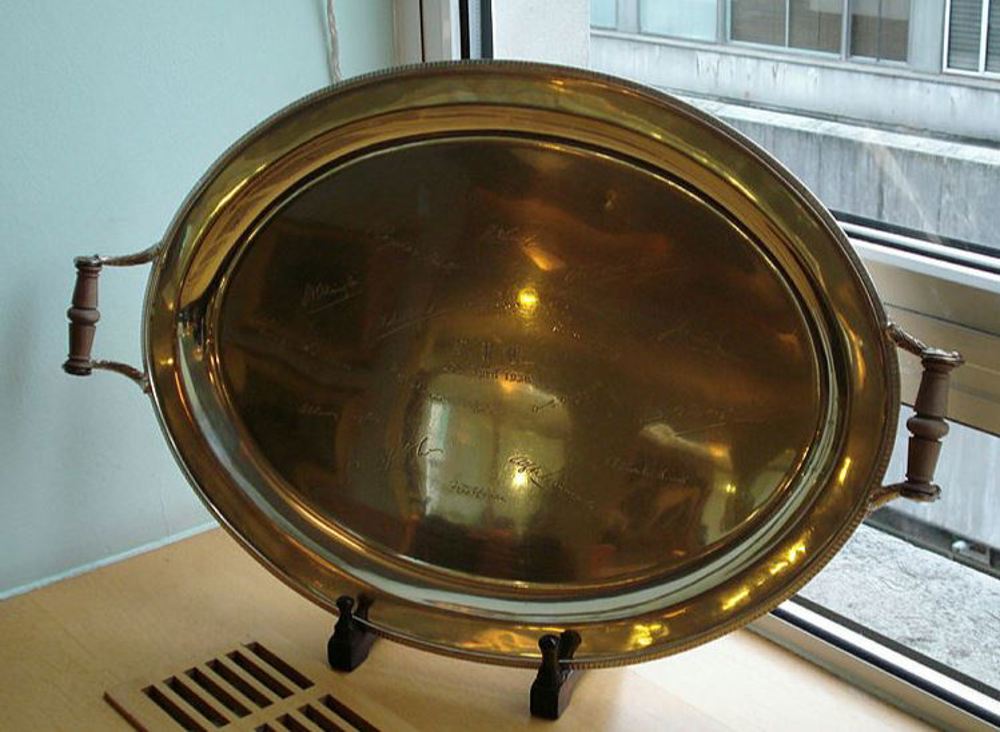
1935
Mr George Howlett becomes Chairman.
H.M. King Edward VIII becomes Patron of The Kennel Club (before abdication).
H.M. King George VI becomes Patron of The Kennel Club.
Working Trials Championship qualifications and titles appear in the Stud Book and other official documents.
Hip Dysplasia first reported.
New breeds need 150 registrations over a maximum four year period to be eligible for recognition.
1937
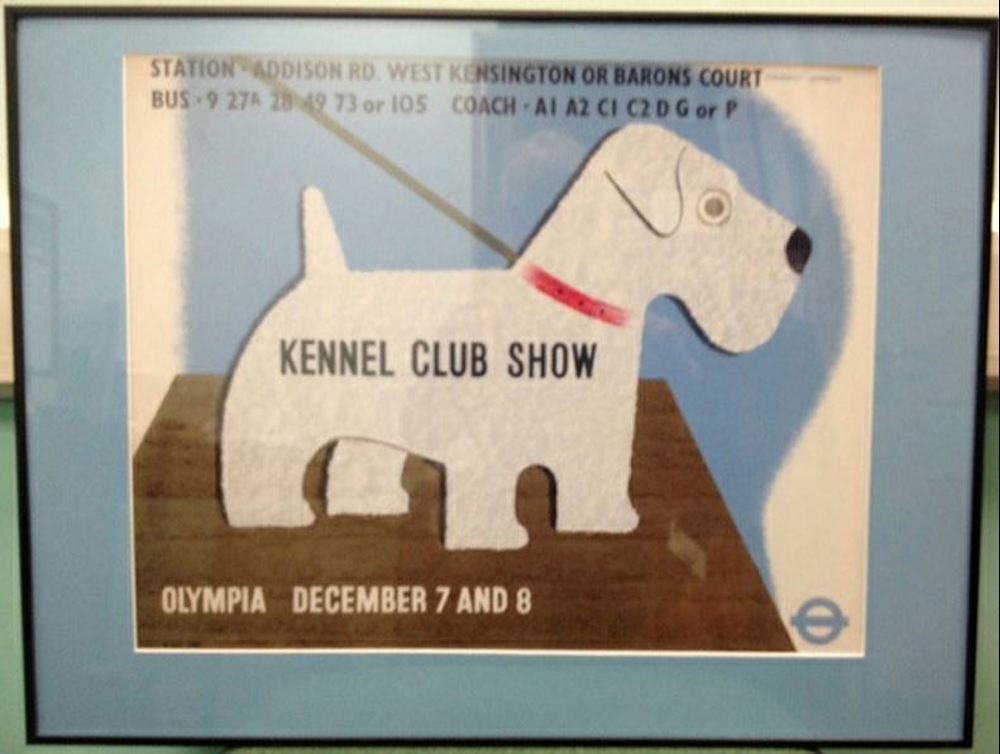
1938
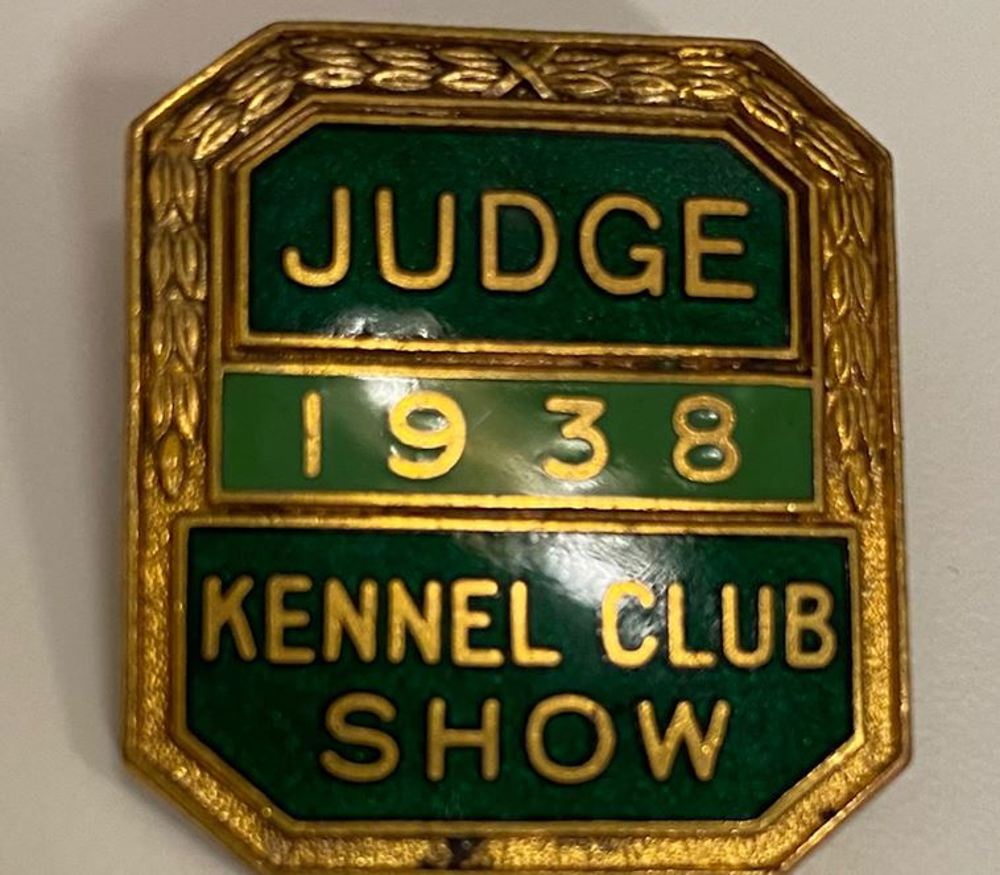
1939
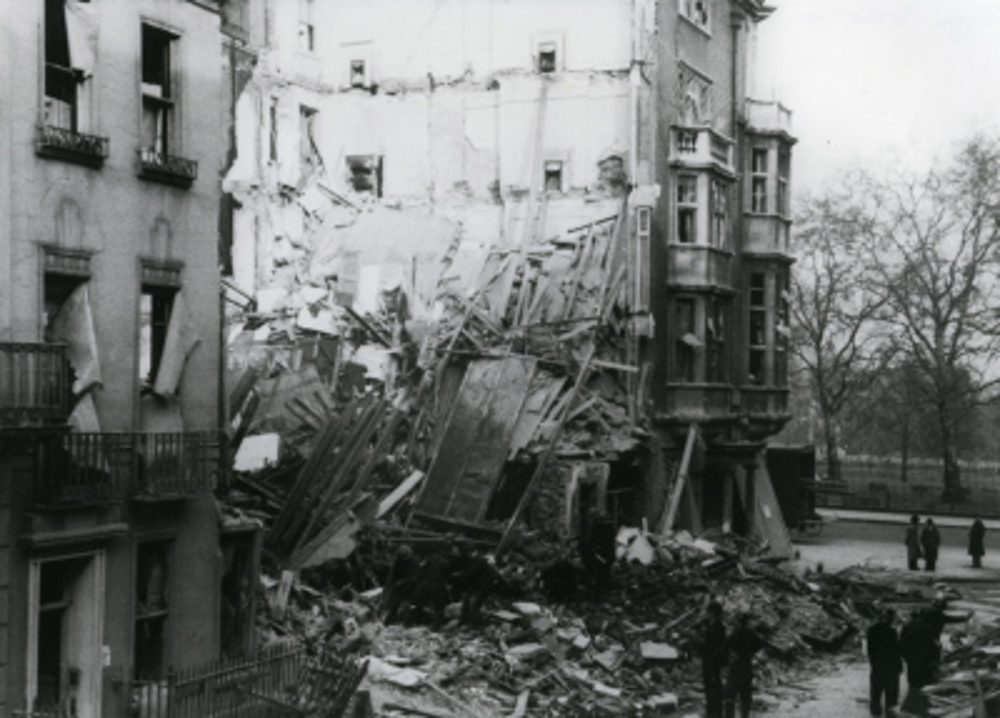
1939/45
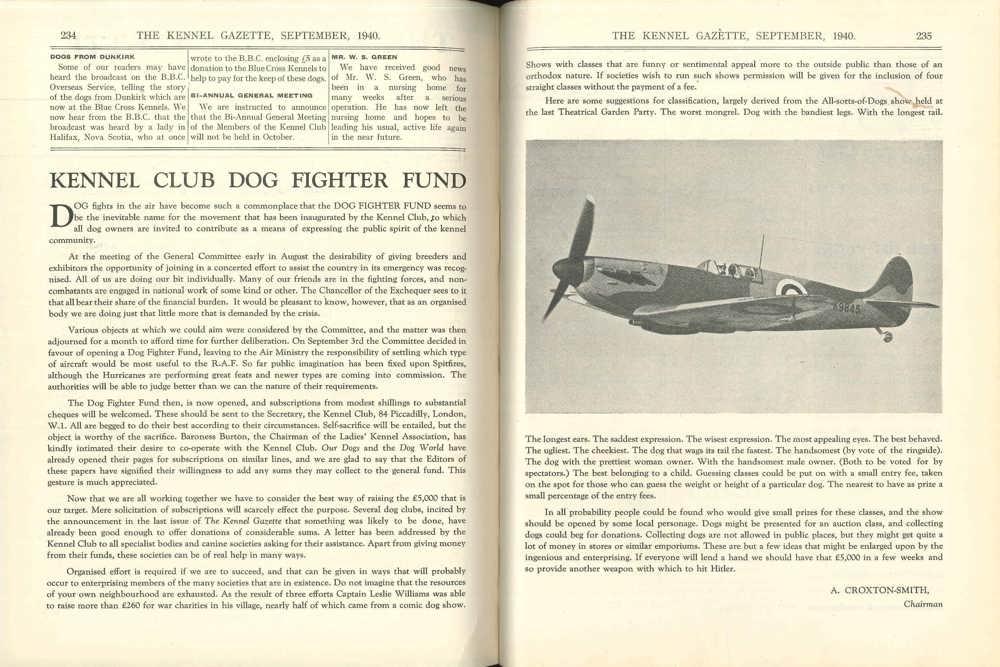
1942
1946
1947
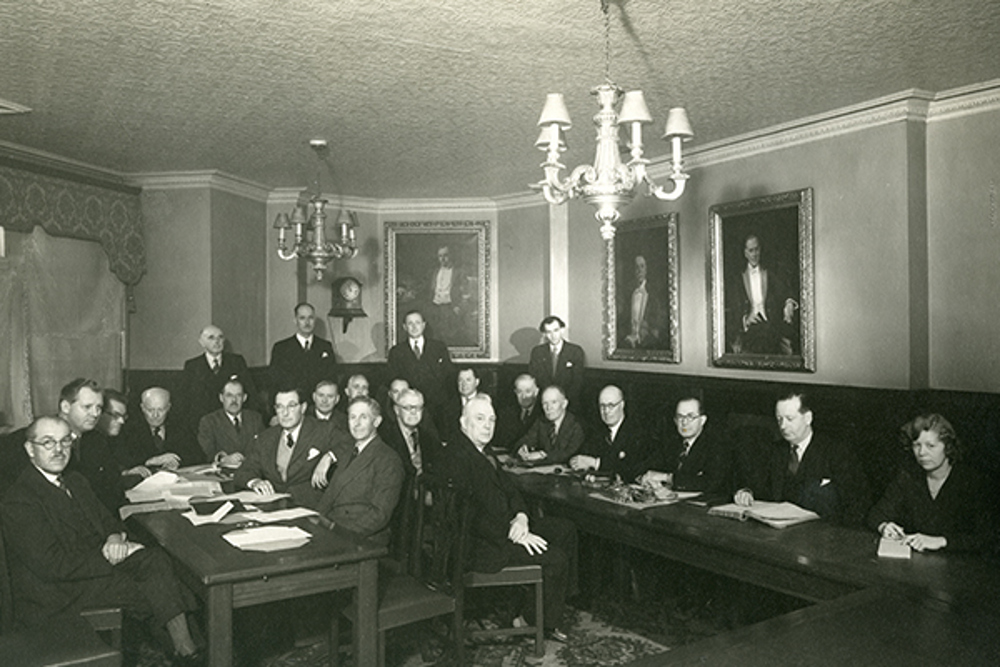
1948
Air Commodore John Allan Cecil-Wright AFC becomes Chairman.
Miss Marion Keyte-Perry becomes Chairman of the Ladies Branch.
The first Crufts Show is run by The Kennel Club. The longstanding Kennel Club Show does not return after World War Two – effectively it merges with Crufts. Crufts is held at Olympia.
1949
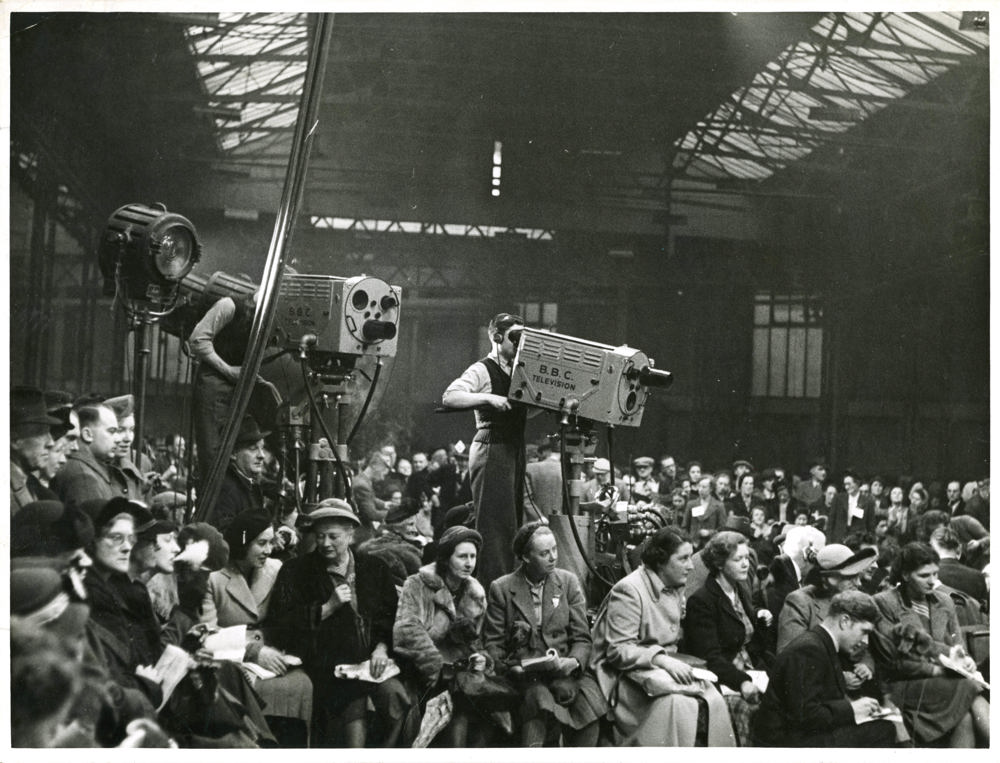
1950
1951
1952
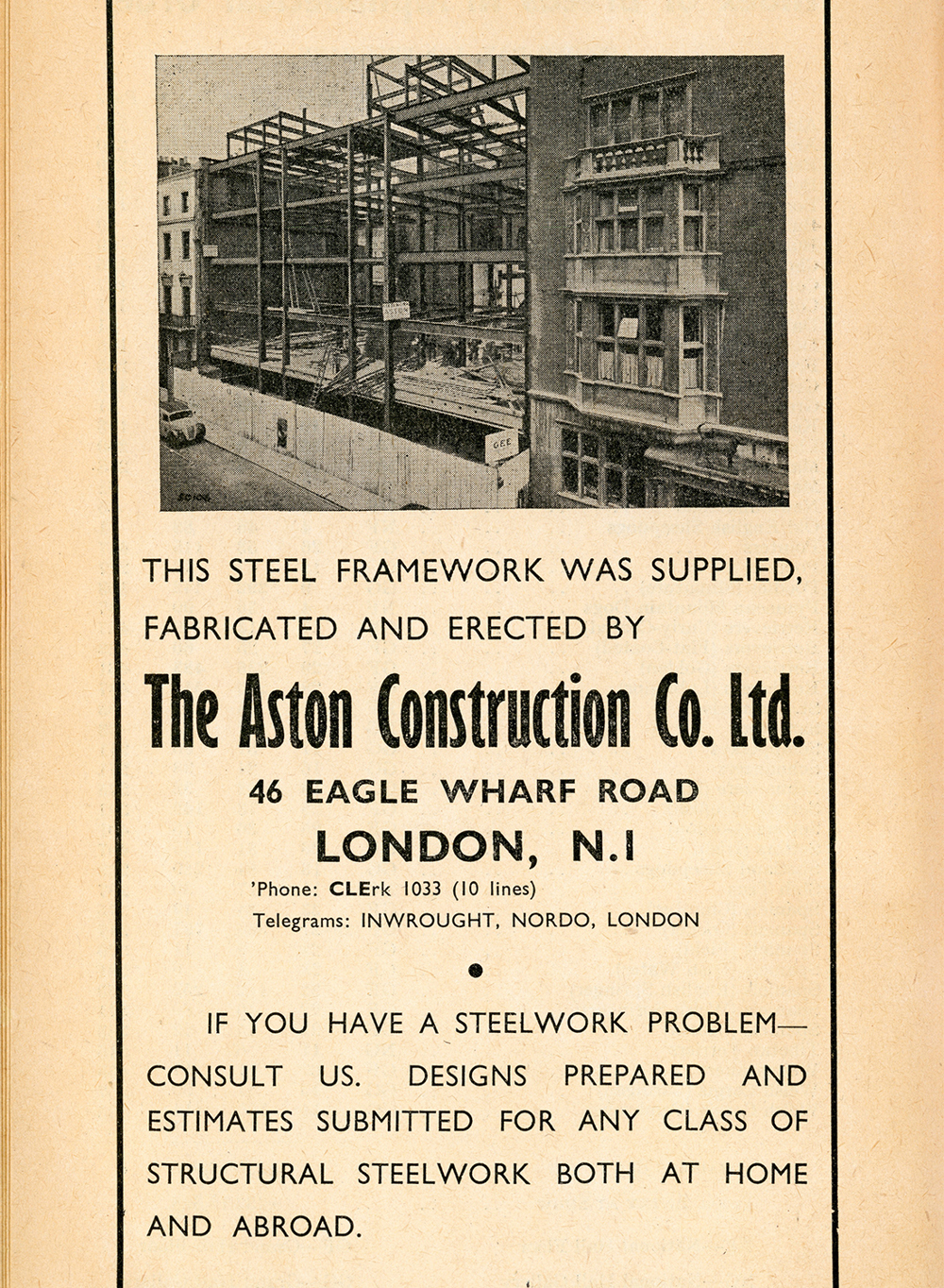
1955
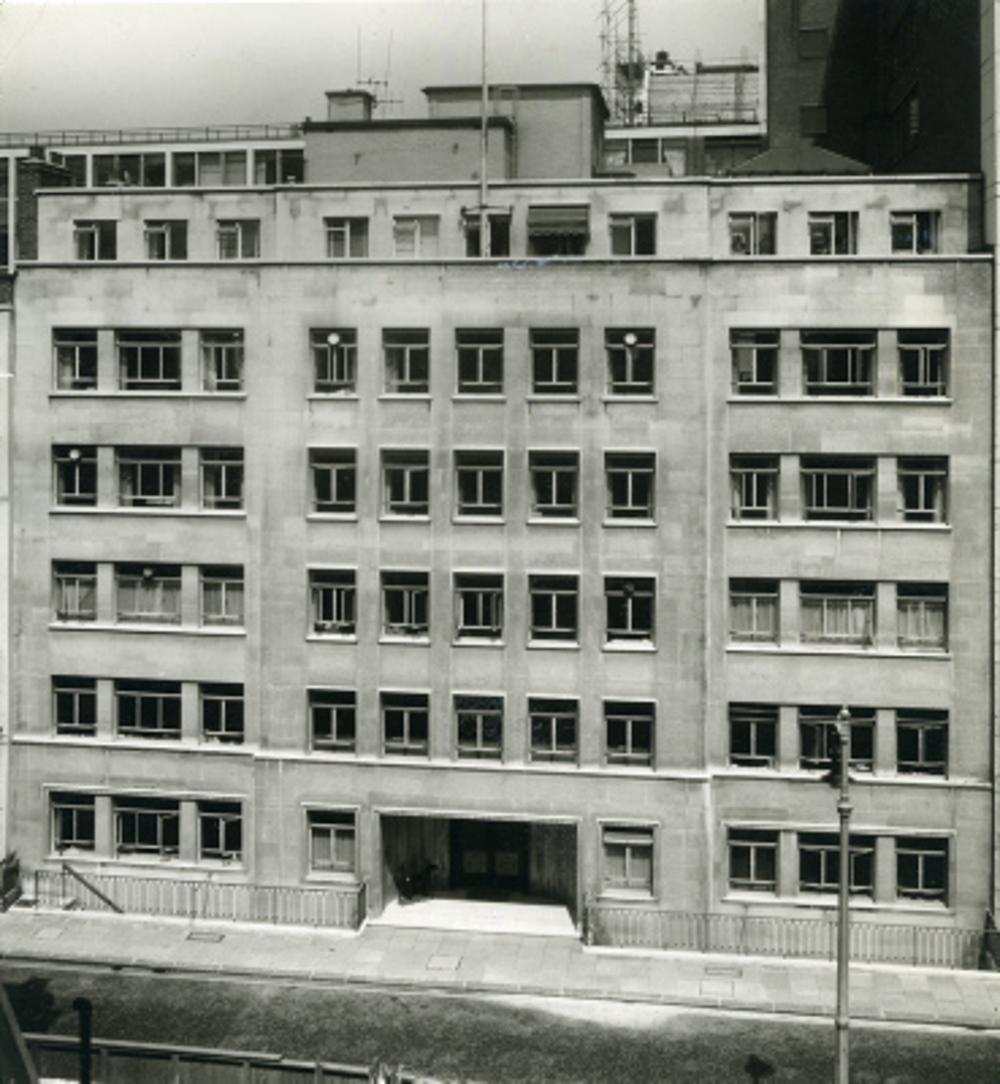
1957
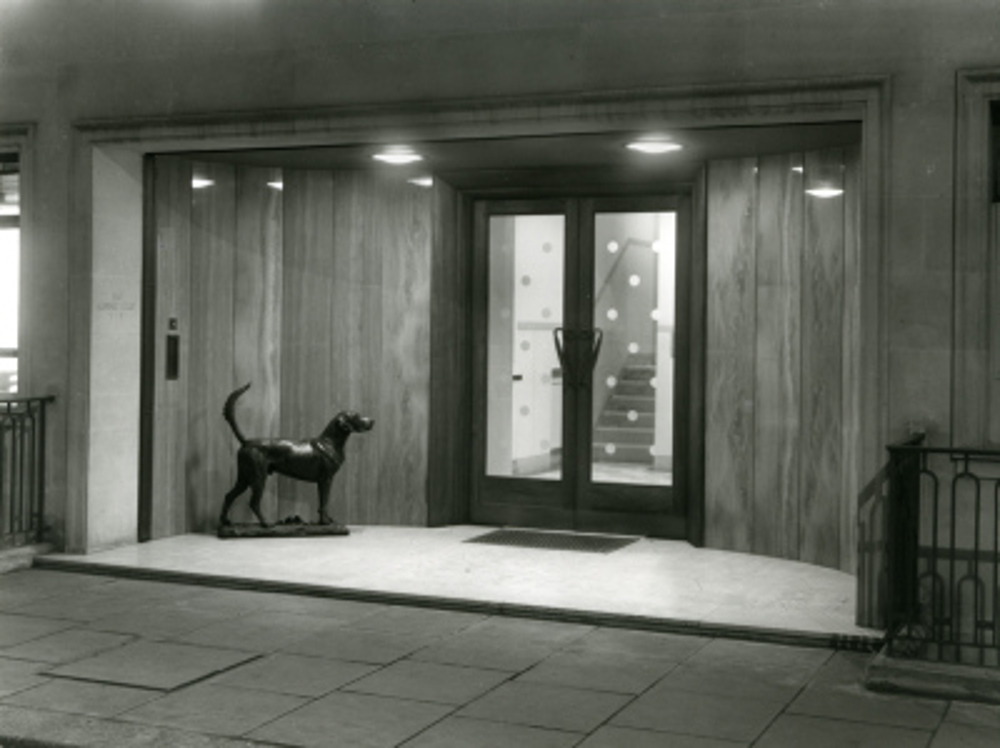
1963
1965
1966
BVA/Kennel Club hip dysplasia results first published in The Kennel Gazette.
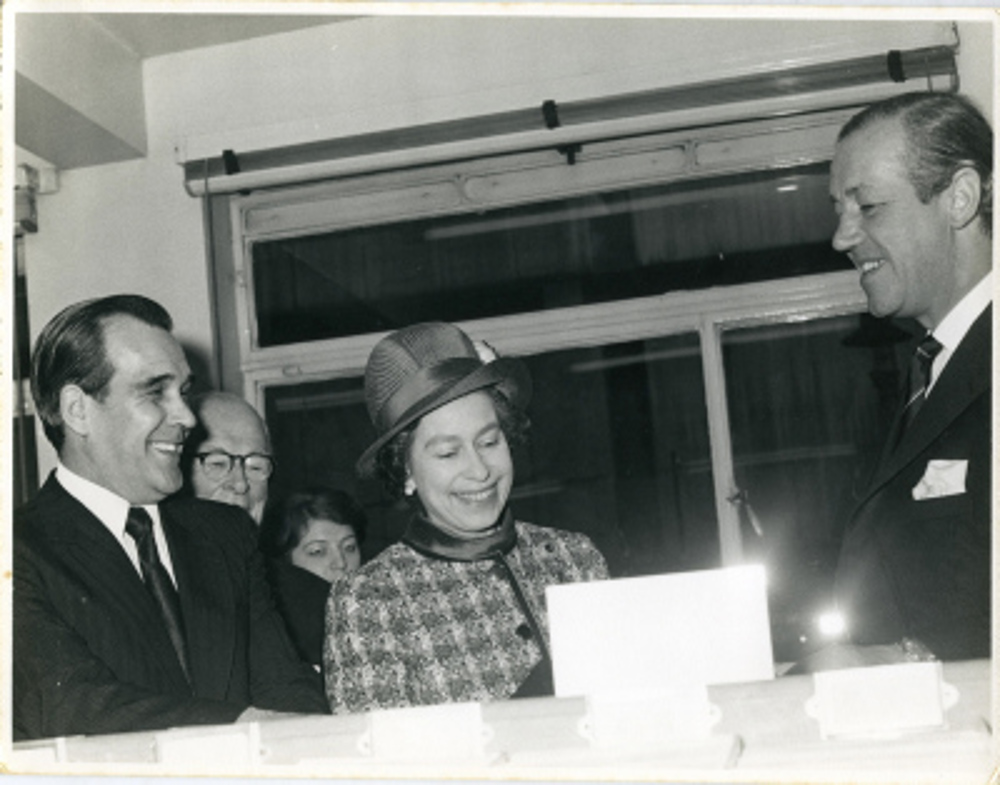
1969
Dr Eleanor Frankling M.A becomes Chairman of the Ladies Branch.
Her Majesty The Queen visits Crufts.
BVA/Kennel Club Eye Scheme for Hereditary Caratacts for Golden Retrievers, Staffordshire Bull Terriers, Boston Terriers, Afghan Hounds, and American Cocker Spaniels.
1971
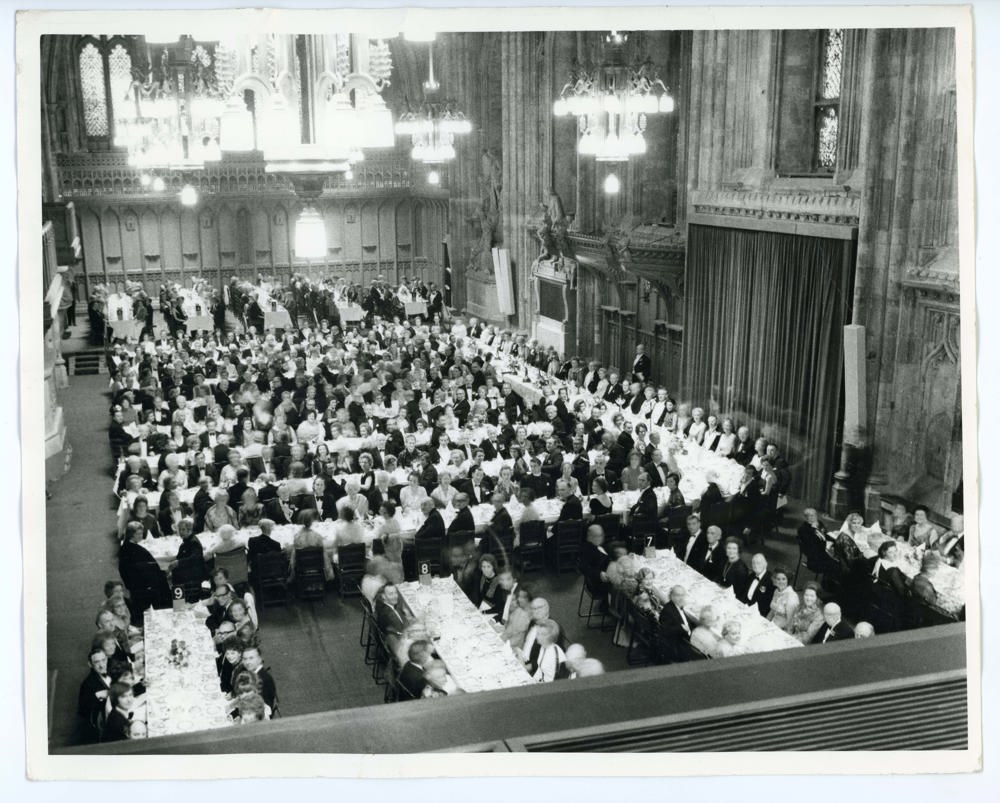
1973
Lieutenant-Colonel Sir Richard Hamilton Glyn, 9th Baronet OBE, TD, DL becomes Chairman.
Her Majesty visits The Kennel Club at Clarges Street on the occasion of the Club’s centenary.
The Kennel Club celebrates 100 years with a member’s banquet at the Guildhall, London.
1975
1976
Leonard Pagliero OBE becomes Chairman.
Air Commodore John Allan Cecil-Wright AFC becomes President of the Kennel Club.
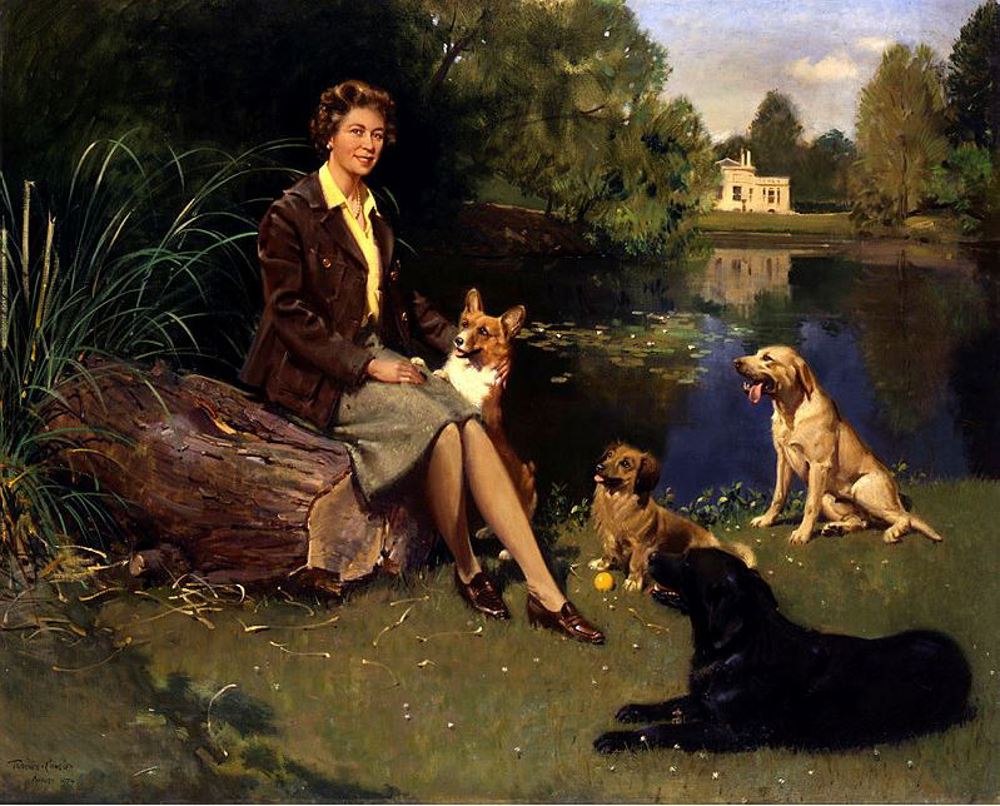
1978
Agility first demonstrated at Crufts.
World Conference of Kennel Clubs takes place - 6th-9th Feb. Hosted by the Kennel Club at the Europa Hotel, Grosvenor Square.
BVA/GSDIF (German Shepherd Dog Improvement Foundation) trial scheme grading introduced – German Shepherd Dogs were later followed by Clumber Spaniels, Otterhounds and Newfoundlands.
1979
The Kennel Club admits ladies as full members after a legal case citing equality issues. The legal bill was footed by Mrs. Florence Nagle who had previously fought the Jockey Club to become the first woman to have a trainer’s licence.
Crufts moves from Olympia to Earl’s Court.
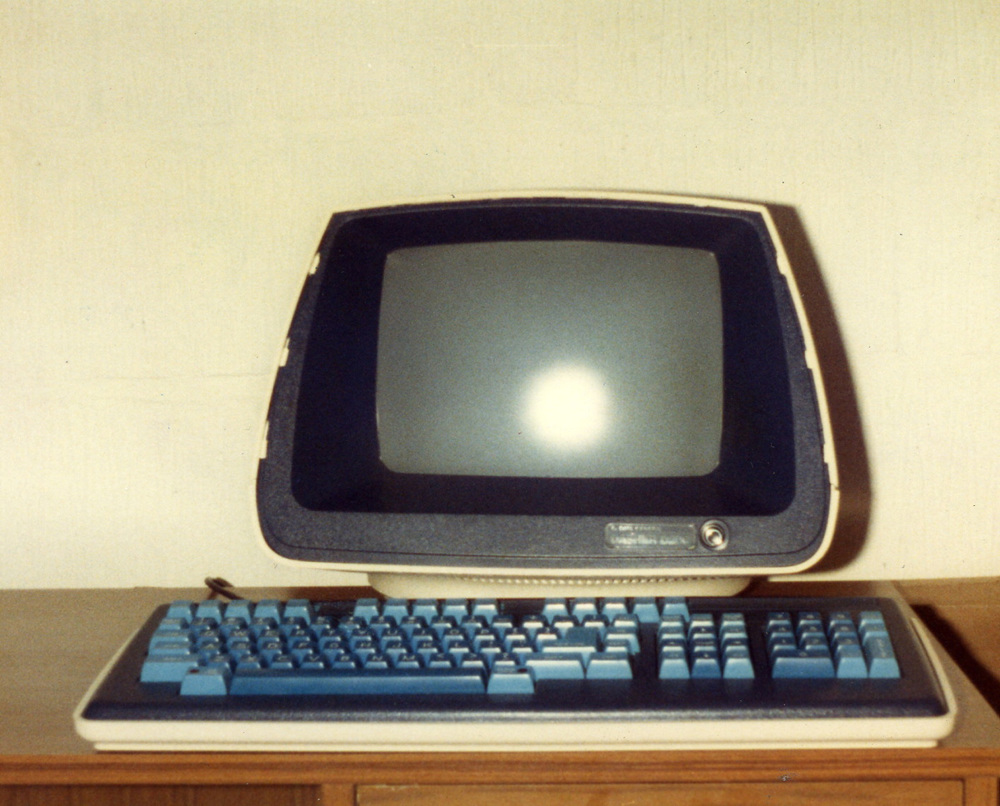
1981
John MacDougall, M.D., F.R.C.S.Ed becomes Chairman.
The Kennel Club purchases its first computer and starts moving registrations records. From 1984 onwards, all registration records are held on a database. This is not retrospective – older records are held in hard copy.
BVA/Kennel Club Eye Scheme covers all conditions.
1982
First Kennel Club guidelines about dogs being left in cars at shows.
H.R.H. Prince Michael of Kent becomes President of The Kennel Club.
1983
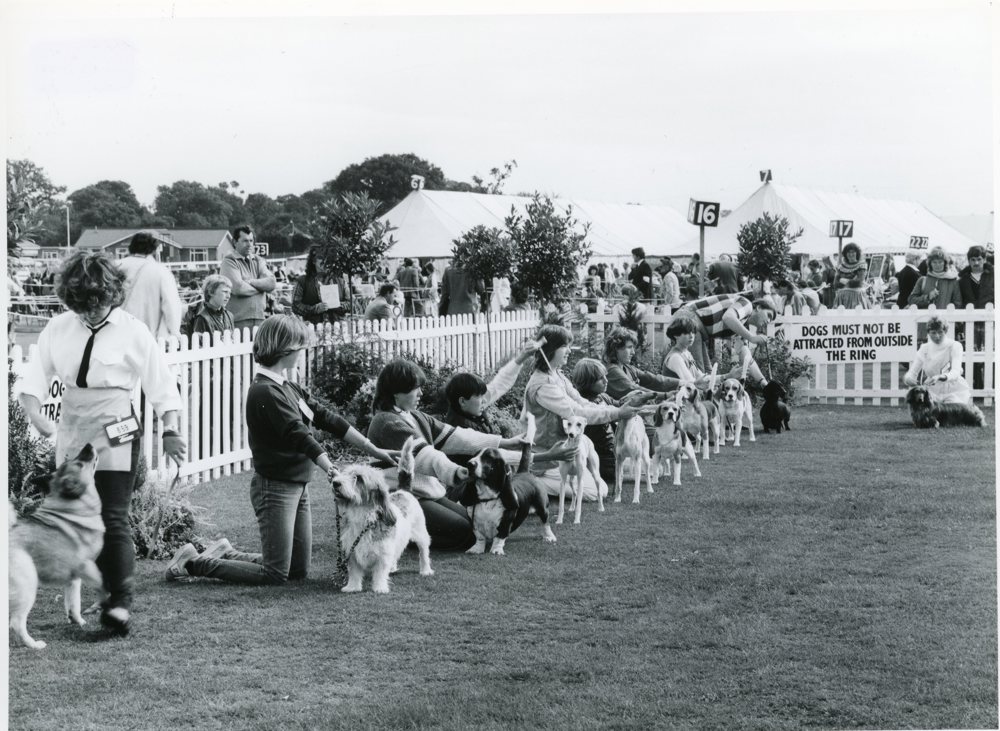
1985
The Kennel Club Junior Organisation (KCJO, now the Young Kennel Club) is founded.
The modern Kennel Club Library is founded.
1986
1987
1990
Kennel Club / BSAVA Scientific Committee is set up.
Heelwork to Music takes place at Crufts for the first time.
1991
Crufts moves to The NEC, Birmingham celebrating its record breaking centenary show.
The Kennel Club publishes all hip score results in the Breed Record Supplement.
1992
The Good Citizen Dog Scheme is set up. Since its inception over 306,000 dogs have taken the bronze test.
The Kennel Club introduces Petlog, one of the largest databases for microchipped animals in the UK.
Mary Ray put on the first of her famously spectacular Heelwork to Music displays at Crufts and introduced this activity to a mass audience.
1995
1996
Mr Peter James MBE becomes Chairman.
Discover Dogs is held at Earls Court 2 for the first time in London.
Rugby Dog Club, the historic home of Heelwork to Music holds its first Heelwork to Music competition.
1997
1998
1999
The Kennel Club Registration Department is moved out to rented accommodation in Aylesbury.
The publication, Treasures of The Kennel Club goes to print.
